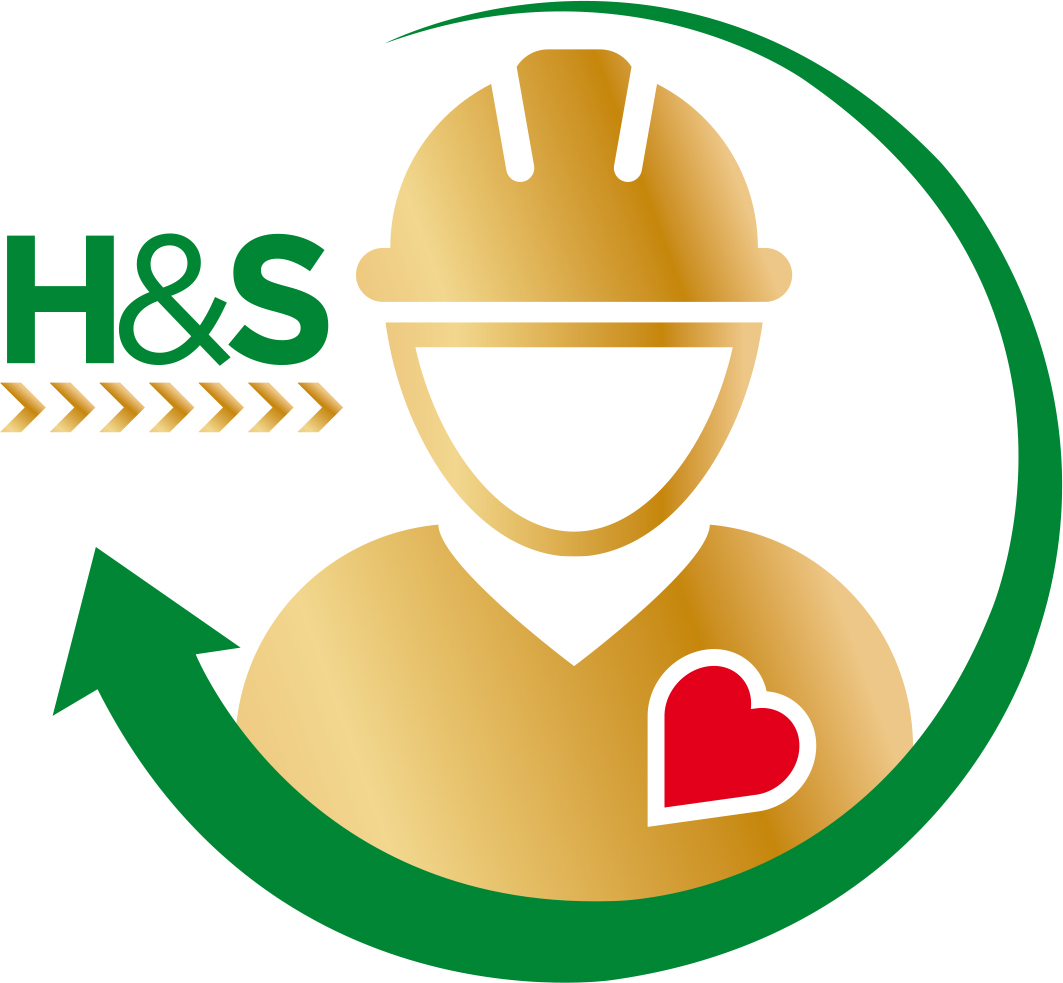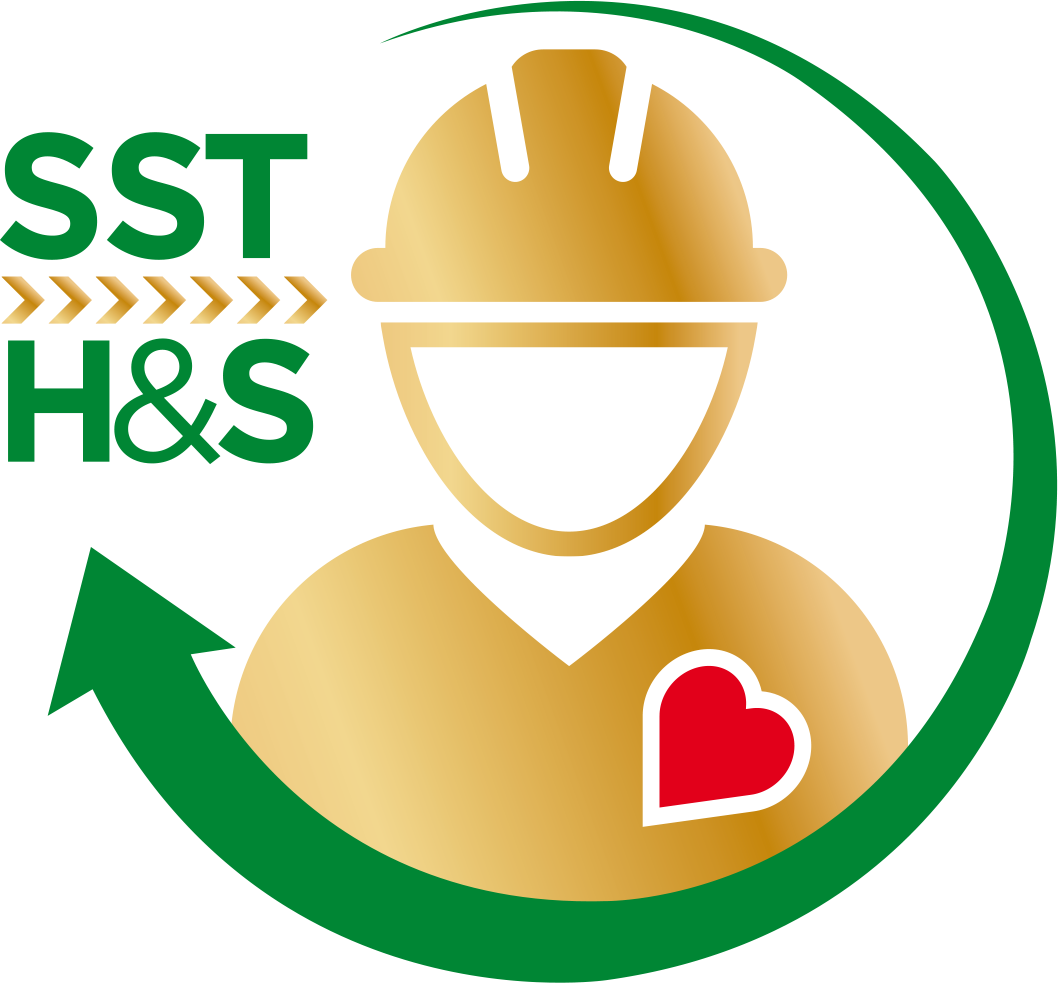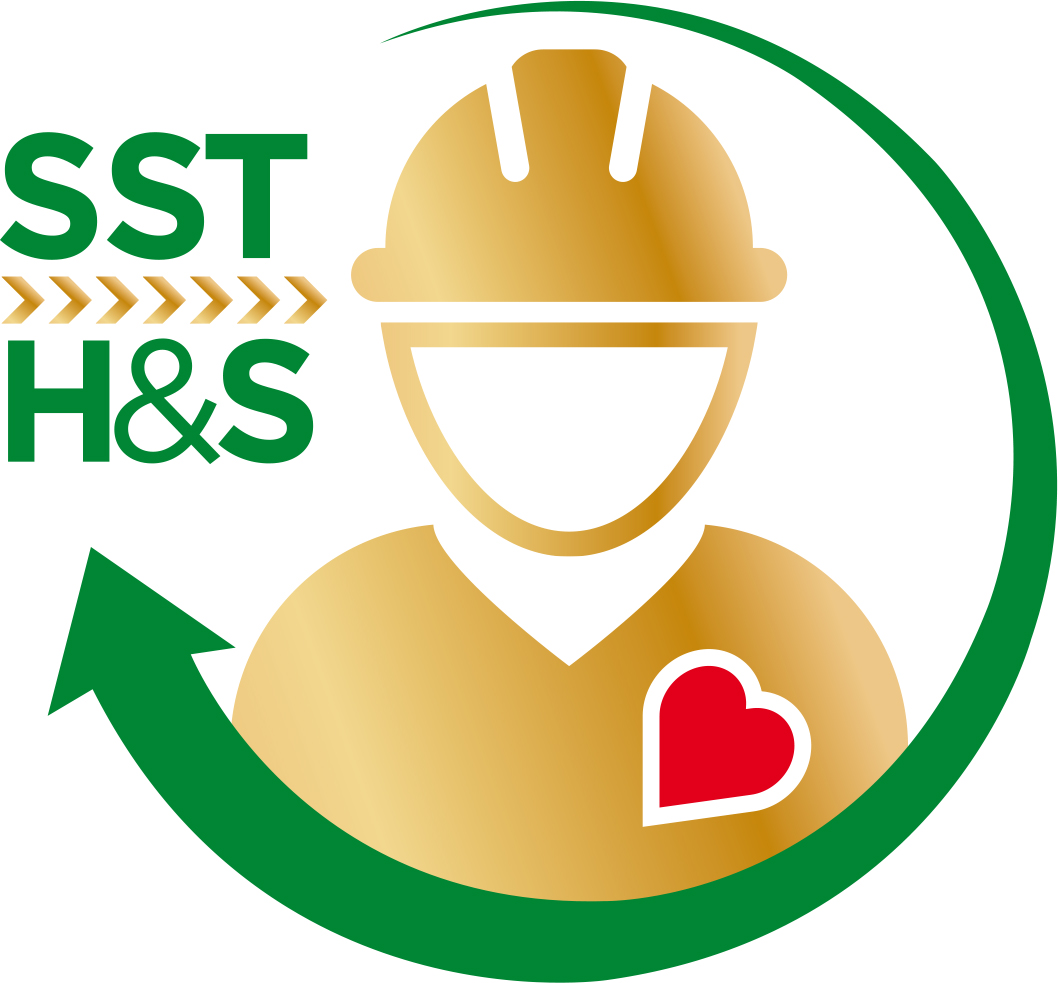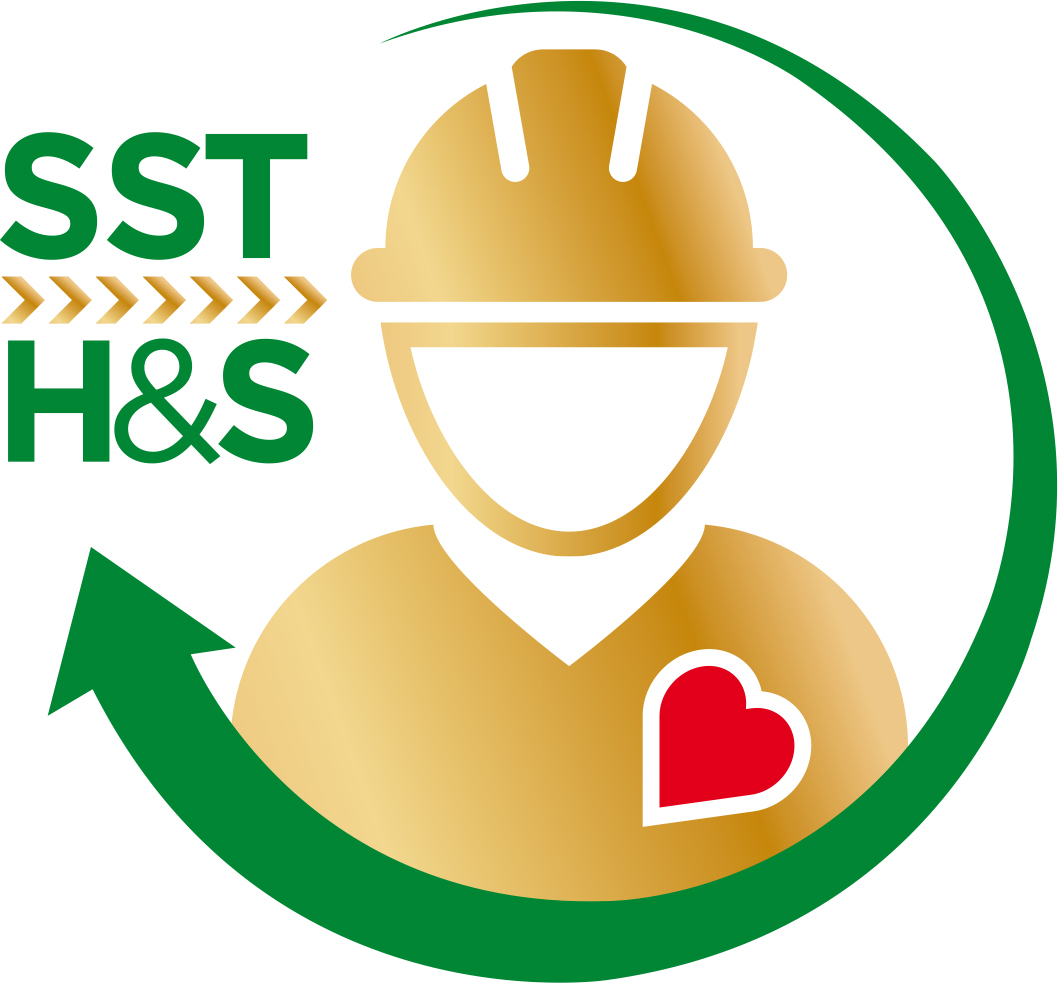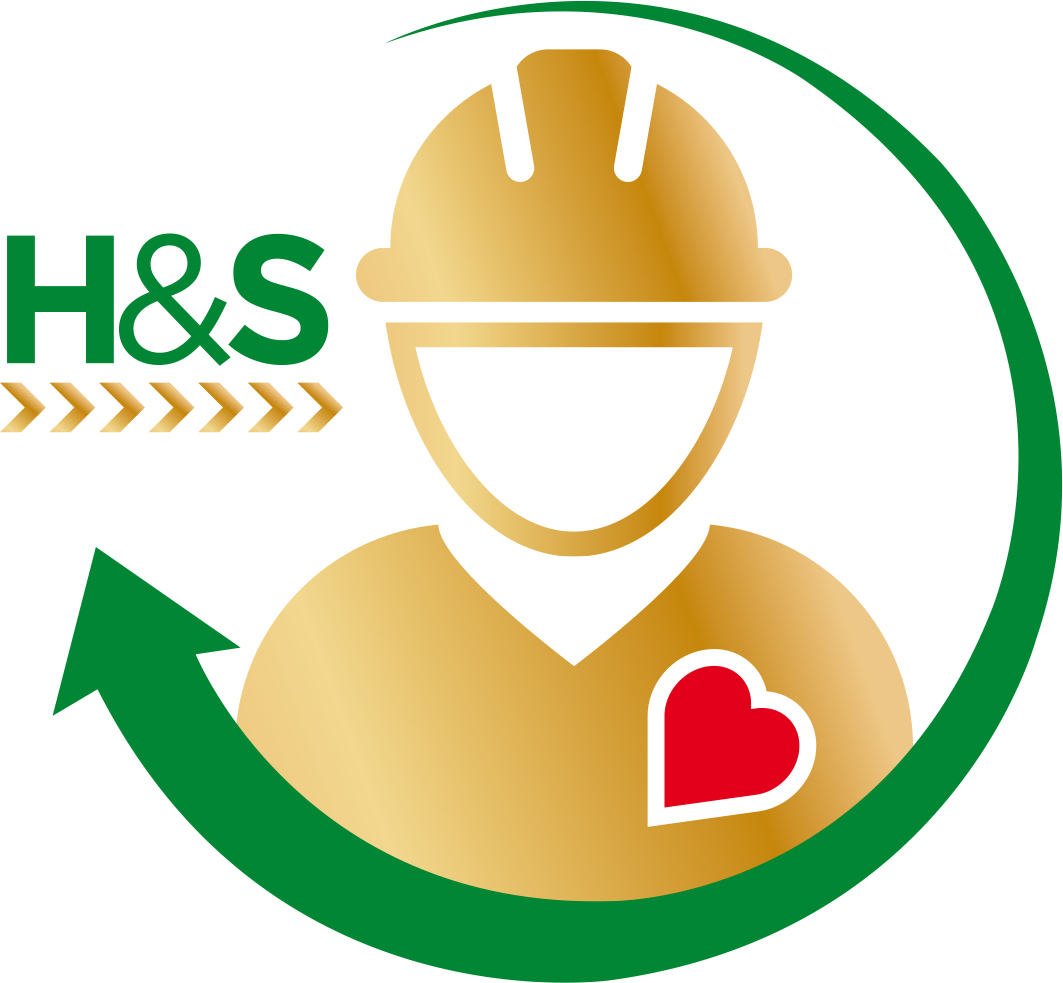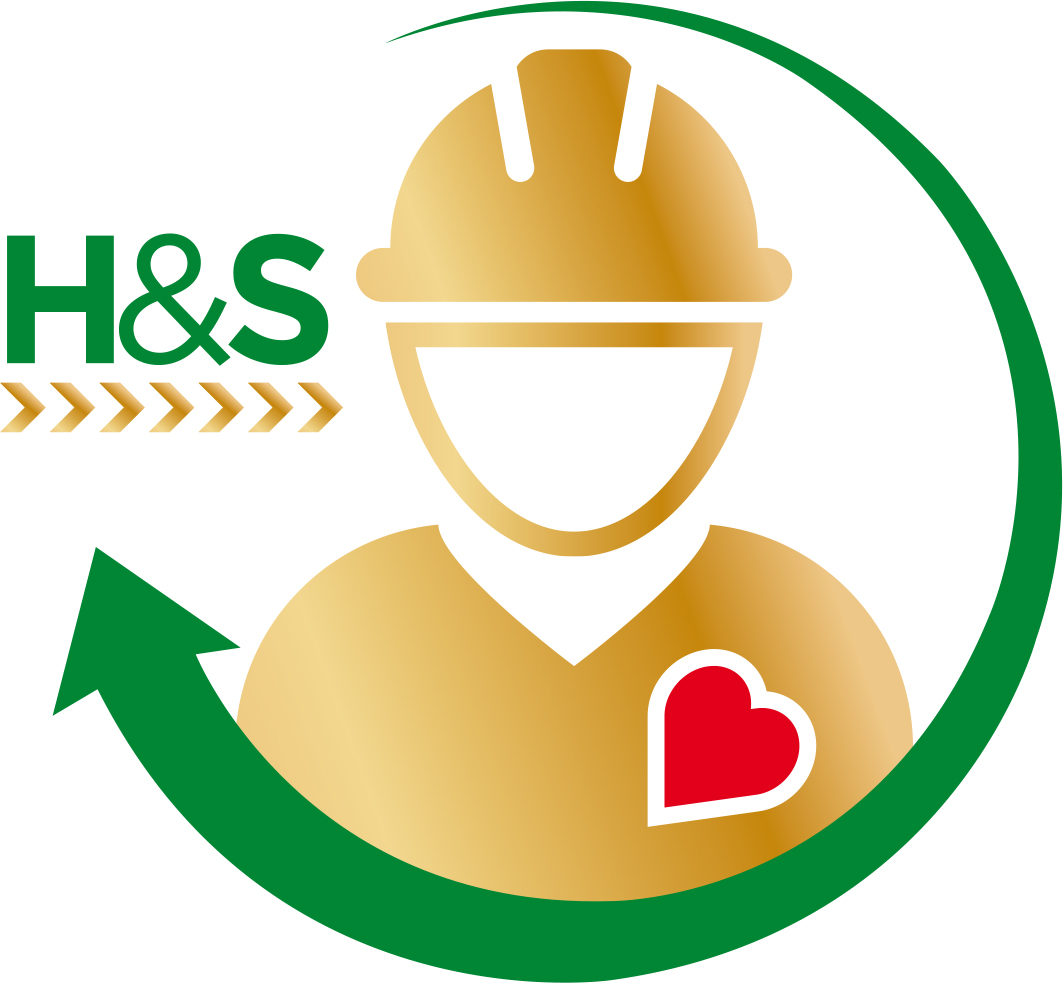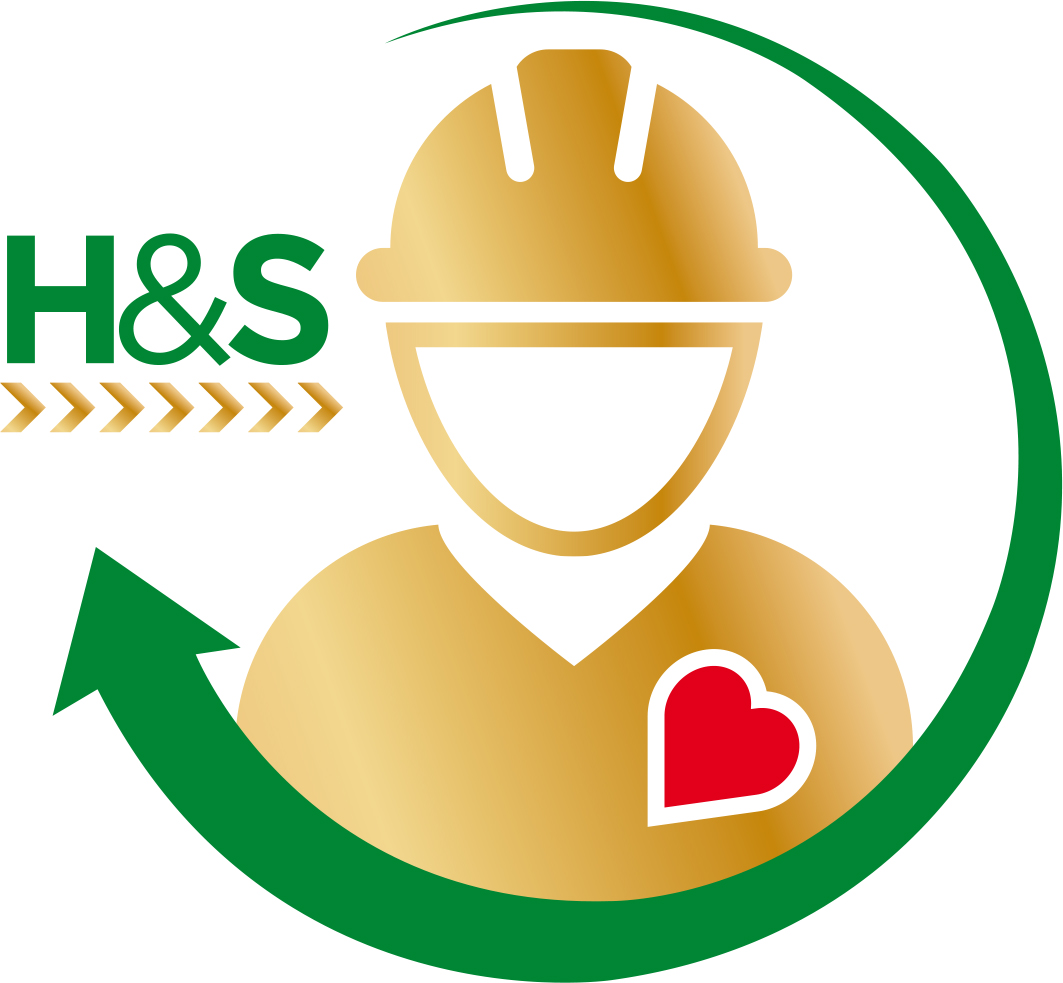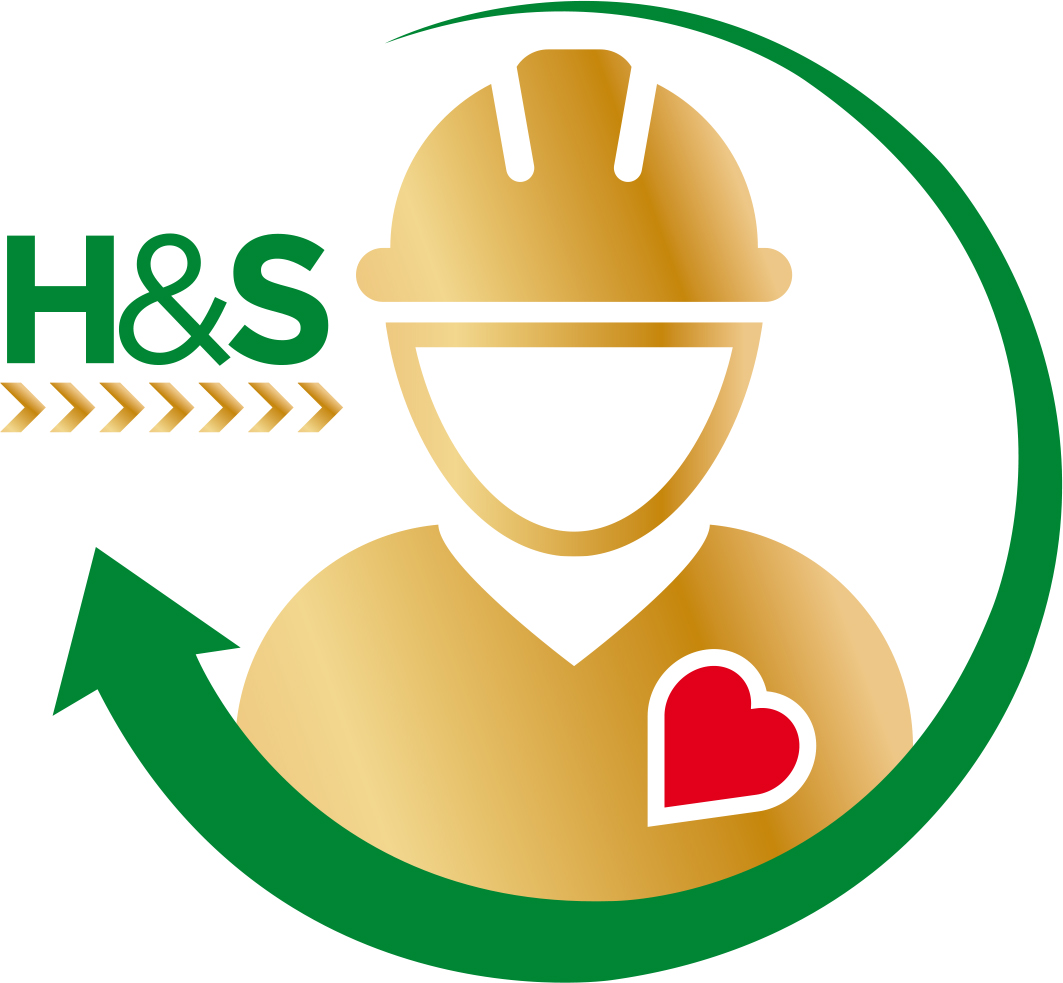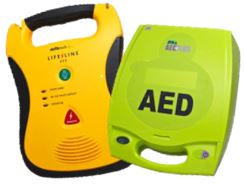Title Page
-
Conducted on
-
Prepared by
-
-
Location
Use this checklist to evaluate Leclerc Foods’s compliance with OSHA's standard on emergency exit routes.
-
Is each exit marked with an exit sign and illuminated by a reliable light source?<br><br>
-
Are the directions to exits, when not immediately apparent, marked with visible<br>signs?<br>
-
Are doors, passageways, or stairways that are neither exits nor access to exits,<br>and which could be mistaken for exits, marked “NOT AN EXIT” or other appropriate marking?<br>
-
Are exit signs provided with the word “EXIT” in letters at least five inches high<br>and with lettering at least one inch wide?<br>
-
Are exit doors side-hinged?
-
Are all exits kept free of obstructions?
-
Are there at least two exit routes provided from elevated platforms, pits, or rooms where the absence of a second exit would increase the risk of injury from hot, poisonous, corrosive, suffocating, flammable, or explosive substances?
-
Is the number of exits from each floor of a building and from the building itself<br>appropriate for the building occupancy? (NOTE: Do not count revolving, sliding, or overhead doors when evaluating whether there are sufficient exits.)<br><br>
-
Are exit stairways that are required to be separated from other parts of a<br>building enclosed by at least one-hour fire-resistant walls (or at least two-hour fire-resistant walls in buildings over four stories high)?<br>
-
Are the slopes of ramps used as part of emergency building exits limited to one foot vertical and 12 feet horizontal?<br>
-
Are glass doors or storm doors fully tempered, and do they meet the safety requirements for human impact?<br>
-
Can exit doors be opened from the direction of exit travel without the use of a key or any special knowledge or effort?<br>
-
Are doors on cold storage rooms provided with an inside release mechanism that will release the latch and open the door even if it's padlocked or otherwise locked on the outside?<br>
-
Where exit doors open directly onto any street, alley, or other area where vehicles may be operated, are adequate barriers and warnings provided to prevent employees from stepping into the path of traffic?<br><br>
-
Are doors that swing in both directions and are located between rooms where there is frequent traffic equipped with glass viewing panels?<br>
-
Add signature
